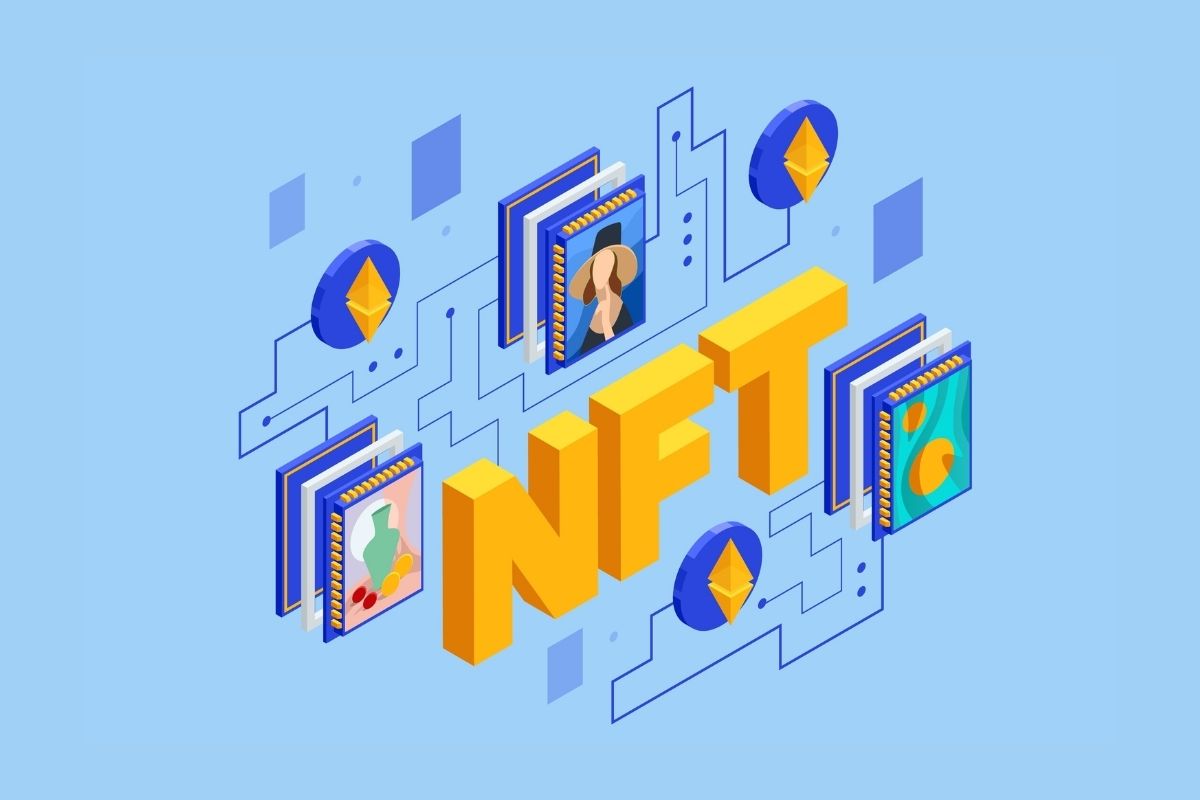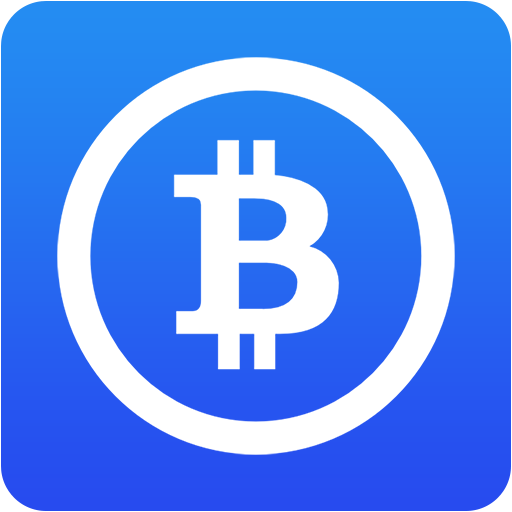Future of NFT: AI-Generated vs AI-Powered NFTs
- April 14, 2022
- Jennifer Moore

The global craze surrounding NFTs is displaying no signs of stopping following its exponential rise in 2021. Starting with the unprecedented sale of Everyday: The First 5000 Days NFT artwork by digital artist Beeple for $69 million at Christie’s, the global NFT market has progressed by leaps and bounds. In fact, reports indicate the market has already surpassed $17 billion, an astronomical 21,350% jump from the previous year. The revolutionary economic innovation is easily compatible with blockchain, but what about AI? This article highlights recent developments and possibilities of combining AI and NFTs.
NFI: The Culmination of AI and NFTs
Non-fungible intelligence is heralded as the evolutionary successor of NFTs. The tokenization of AI has led investors to explore further future applications of innovation across the metaverse and other decentralized economies. The NFT environment witnesses innovation at a high scale including the development of intellectual property. AI-powered intelligent metaverses such as Noah’s Ark will bridge multiple NFT projects, fusing them with AI to offer unique interactive experiences.
Also Read: Decentralization in marketplaces crucial for NFTs: Raj Chowdhury
The NFT Architecture
An acronym for non-fungible tokens, NFTs comprise distinct digital artworks, assets, or collectibles. They utilize blockchain technology and are forged using distinct identification codes that separate them from each other. But, unlike cryptocurrencies, they cannot be replaced or exchanged with one another. And, as their name suggests, they are non-fungible.
The Demand for AI-generated NFT artwork
Telecoms engineer Anna Carreras made headlines by selling over 1000 NFT artworks within 45 minutes. The artworks were created through separate algorithms, which she had programmed herself.
Experts speculate this year will witness the trend of NFTs created using AI technology. The GAN(Generative Adversarial Networks) model can generate new data if trained with appropriate data sets. AI-generated artworks are mostly unique and exclusive, fetching high prices in the NFT Marketplace.
Also Read: Metaverse, DAOs, and NFTs Unlock New-Age Tourism at Historical Sites
The Significance of AI integration in NFTs
While AI-generated NFTs are gaining traction, another growing trend is the integration of the technology within the NFTs themselves. Yes, you heard that right. The incorporation of AI within NFTs will lead to intelligent dynamic experiences that are impossible to replicate.
AI-powered NFTs like Alethea AI’s “Alice” can generate unique and customized user experiences. Also known as iNFTs, these artworks are of high value. The iNFTs acquire new knowledge with each passing human interaction. Alice was auctioned at $480,000 in Sotheby’s.
iNFT: What’s so intelligent about them anyway?
Developed using the Alethea AI, the iNFT is a new-age token standard merging AI with blockchain technology. The iNFT features digital assets powered by AI and managed using blockchain. They utilize AI’s generative power to bring forth the underlying crypto asset to life. The iNFT consists of three core sections: an ERC-721 Body, Soul(for storing personality and intelligence features), and Mind(Progressive capability of performing high-level tasks on the network).
The objective behind iNFT, as stated by the developers of Alethia, was to preserve human history and culture, utilizing multiple technological resources- AI, blockchain decentralization and provenance, and tokenization.
The iNFT Protocol
The iNFT Protocol refers to a series of Ethereum smart contracts. Any person can utilize the design of iNFTs without any need for permission. iNFTs also feature large-language modeling techniques for creating open-ended AI personalities, making them different from close-ended chatbots that offer generic replies.
In addition, the Alethea AI also embeds the AI dataset hash on-chain. The method creates validated decentralized AI-powered personalities through the “personality pod”, an ERC-721 asset. As the name suggests, the personality pod comprises traits like intelligence, voice, and psyche- factors that contribute to the overall personality of an iNFT.
The development team has also fine-tuned the personality pod’s design facilitating the training of iNFTs through conventional nature and nurture methods. Developers can tweak(or nurture) a creation using the traits stored in the personality pod. The iNFT then will evolve further building upon its newly-tweaked personality. User-iNFT interactions will refine the iNFT’s personality outputs. The personality pod merges with any NFT and offers the necessary intelligence.
Wrapping Up
The concept of an NFT metaverse featuring AI-powered NFTs is already undergoing development. In the near future, artists will be able to design interactive and intuitive NFTs as per their imagination, which will expedite the building of digital communities while preserving intellectual property over newly created avatars.
Categories
- AI (6)
- Altcoins (9)
- Banking (10)
- Bitcoin (110)
- Bitcoin ETF (6)
- Bitcoin Price (30)
- Blockchain (45)
- Brokering World Hunger Away (16)
- CBDC (11)
- COVID-19 (3)
- Crypto ATMs (1)
- Crypto Banking (14)
- Crypto Bill (1)
- Crypto broker platform (24)
- Crypto Investment (3)
- Crypto Markets (2)
- Crypto Payment (24)
- Crypto Prices (1)
- Crypto Trading (85)
- Cryptocurrency (299)
- Cryptocurrency Exchange (88)
- Data Visualization (2)
- Decentralized Finance (7)
- DeFi Payment (9)
- DEX (3)
- Digital Currency (22)
- FAQ (6)
- Finance (22)
- Financial Equality (4)
- Financial Freedom (4)
- Forex (24)
- ICO (1)
- Investment (11)
- Mining (3)
- News (60)
- NFTs (2)
- PayBitoPro (475)
- PayBitoPro Coin Listing (6)
- PayBitoPro Exchange (2)
- Post COVID Digital Transformation (1)
- Press Release (130)
- Privacy & Security (1)
- Real Estate (1)
- Stablecoin (1)
- Technology (14)
- Uncategorized (2)
- US Presidential Election (2)
- Utility Coin (1)
- White Label Crypto Broker Solution (1)
- White Label Crypto Exchange (4)





